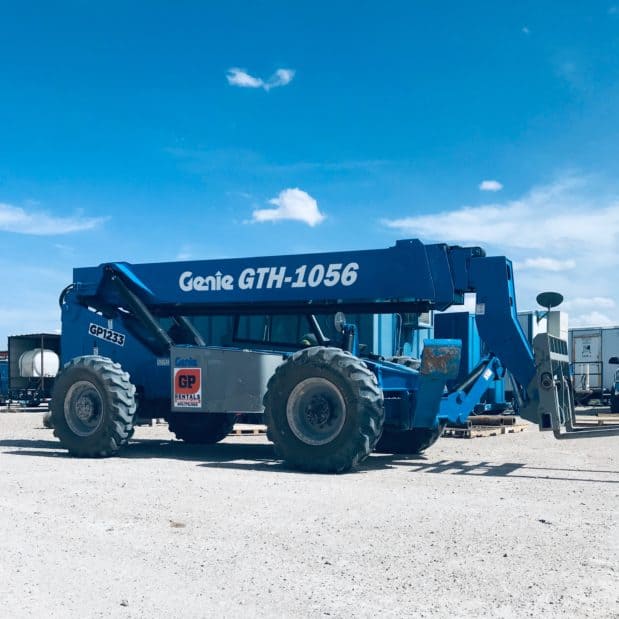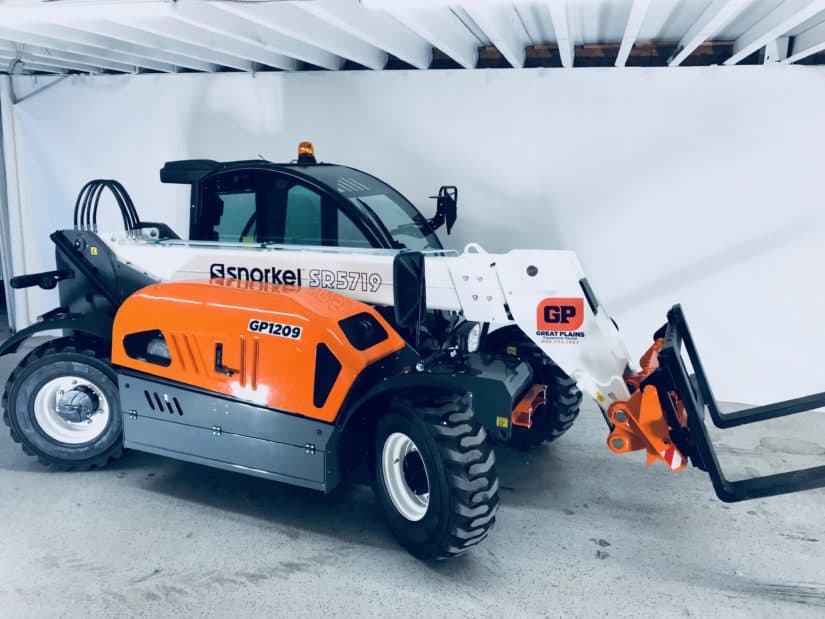
Boom Forklift Rental

- The XR4030 can lift an incredible 40,000lbs. Ideal for applications within the oil, gas and mining segments. 360° operator visibility; Ductile steel manifold; Suspension seat; Easy cab mounted grab handles; Easy service access; Master disconnect switch; Protected tilt & extend cylinders; Boom lift point; Steel hydraulic & fuel tanks; Manual.
- From general construction applications, large landscaping and earth manipulation projects, an extended boom forklift can help you get the job done. Choose from reliable brands of extended boom forklifts such as Manitou, JLG, SkyTrak, and Genie.
Extended Boom Forklift Training Materials
It's time to evolve from outdated tools. Low-level access lifts boost safety and productivity to help you comfortably reach tasks at up to 20 ft.


Extended Boom Forklift Training
Lacie external drive for mac. OSHA requirements are set by statute, standards and regulations. Our interpretation letters explain these requirements and how they apply to particular circumstances, but they cannot create additional employer obligations. This letter constitutes OSHA's interpretation of the requirements discussed. Note that our enforcement guidance may be affected by changes to OSHA rules. Also, from time to time we update our guidance in response to new information. To keep apprised of such developments, you can consult OSHA's website at https://www.osha.gov.
June 21, 2012
The Honorable Jeff Miller
4300 Bayou Blvd, Suite 13
Pensacola, FL 32503
Dear Congressman Miller:
Thank you for your correspondence to the Department of Labor's Occupational Safety and Health Administration (OSHA) regarding the use of forklifts for construction activities. I appreciate the opportunity to respond to you and your constituents.
In your inquiry, you forward a copy of an ASK OSHA e-correspondence submitted to OSHA on November 4, 2011, from your constituent Mr. Keith Raffield. I appreciate your patience, as the process for achieving resolution to very complex compliance issues can be lengthy. Among several other major issues in the construction industry, OSHA has been in the process of responding to many interpretative inquiries such as this one regarding the scope and application of our final rule for Cranes and Derricks in Construction.
In his inquiry, Mr. Raffield asks OSHA the following question:
Can I, as a forklift (not a crane operator) operator, use a designated forklift boom that has a hook on it as long as it meets the load requirements?
OSHA's response to Mr. Raffield's inquiry depends upon not only the original design of the forklift that is used, but also the design of the boom attachment and how the forklift and boom are operated together to move the load. We recognize that our ASK OSHA webpage was not designed to provide for the submission of attachments with inquiries from the public, therefore the picture and description of the forklift in question that was provided with your inquiry was very helpful for making this determination.
Equipment that is designed to function as both a crane and a forklift would be considered multi-purpose equipment and covered by the crane standard when configured, and operated as, a crane. However, Mr. Raffield submitted a picture of, and information about, a typical vertical mast forklift with a variable length boom attachment that uses slings or a rope to hoist and move a suspended load. This type of forklift described was designed by the manufacturer to lift palletized loads or those that can be safely handled and supported by the forks of the equipment. Securecrt for mac cracked. The described configuration of a forklift, unlike a crane or derrick, can only provide powered horizontal and vertical movement of the suspended load by both driving the forklift horizontally in addition to moving its mast and forks. Although the described boom attachment extends the reach of the forks, it was not designed to provide powered horizontal and vertical movement of the load. This forklift configured with the described boom attachment is not covered by the cranes standard.
OSHA will continue to work with the industry and plans to issue responses to over 30 frequently asked questions to clarify requirements regarding the application of the Cranes and Derricks in Construction standard. I hope you have found this letter helpful and informative. If you have any additional questions, please contact Laura de la Torre in the Office of Congressional and Intergovernmental Affairs at (202) 693-4600.
Sincerely,
David Michaels, PhD, MPH
cc: Cong. Jeff Miller, Washington, DC Office
